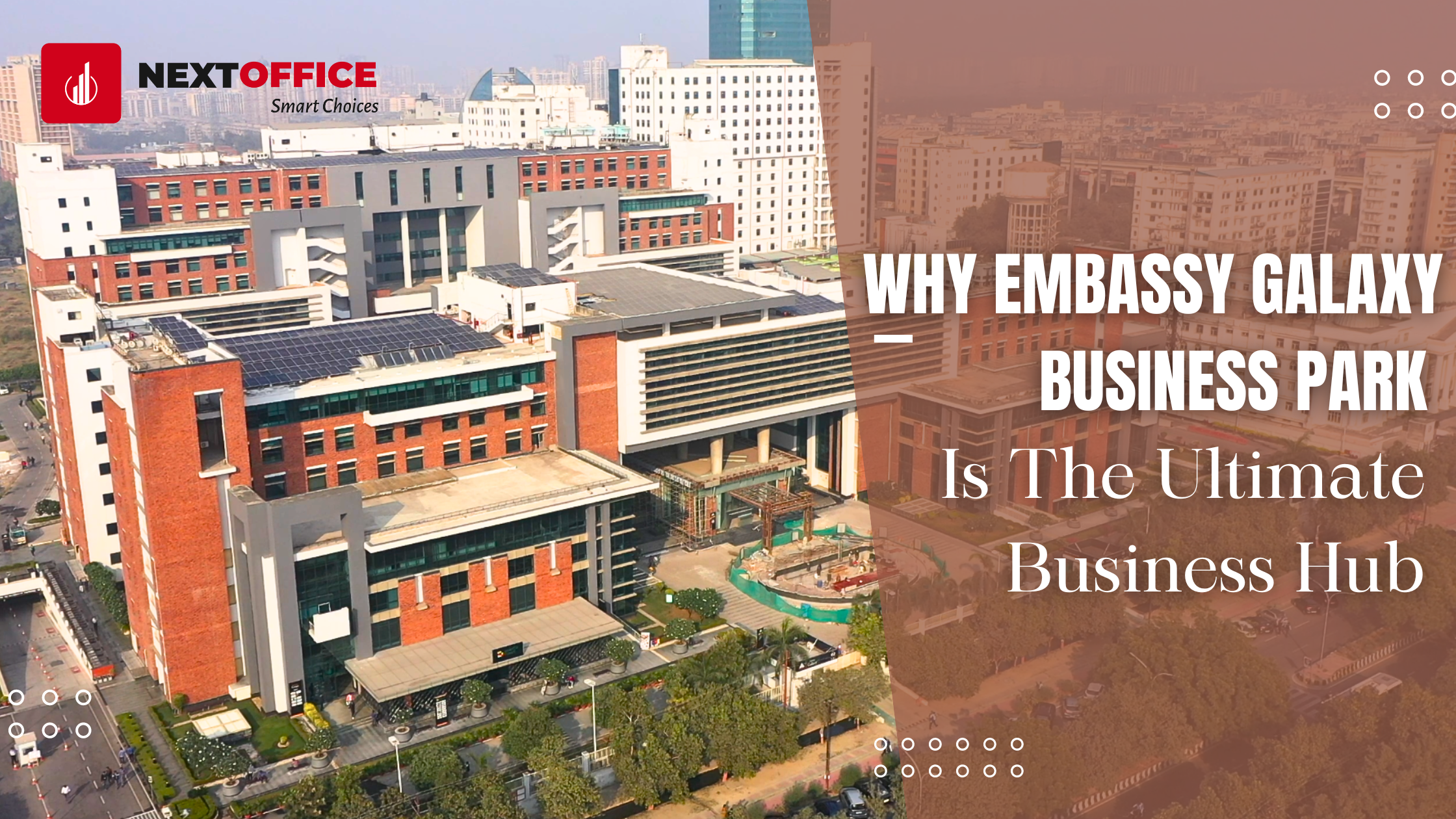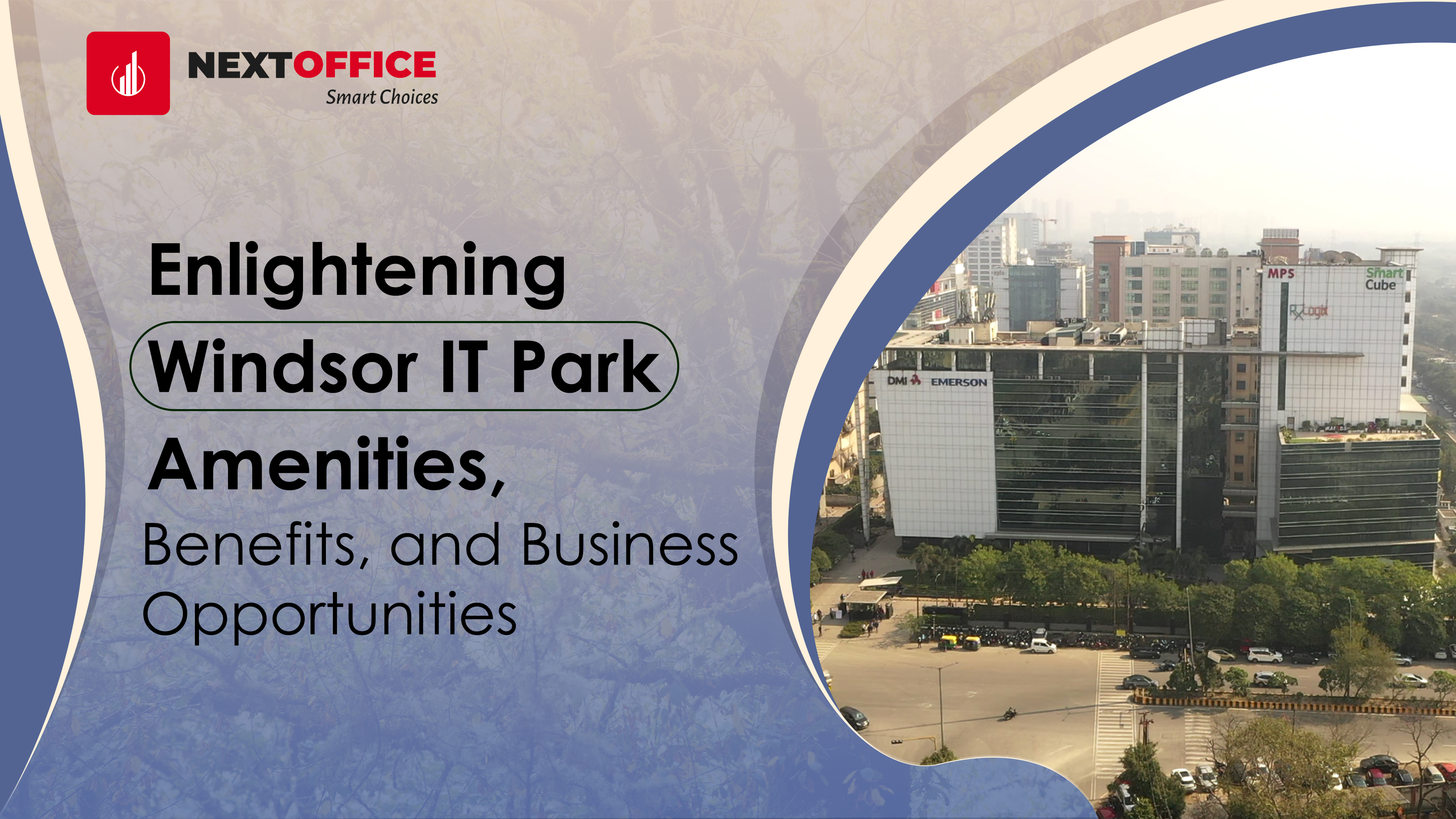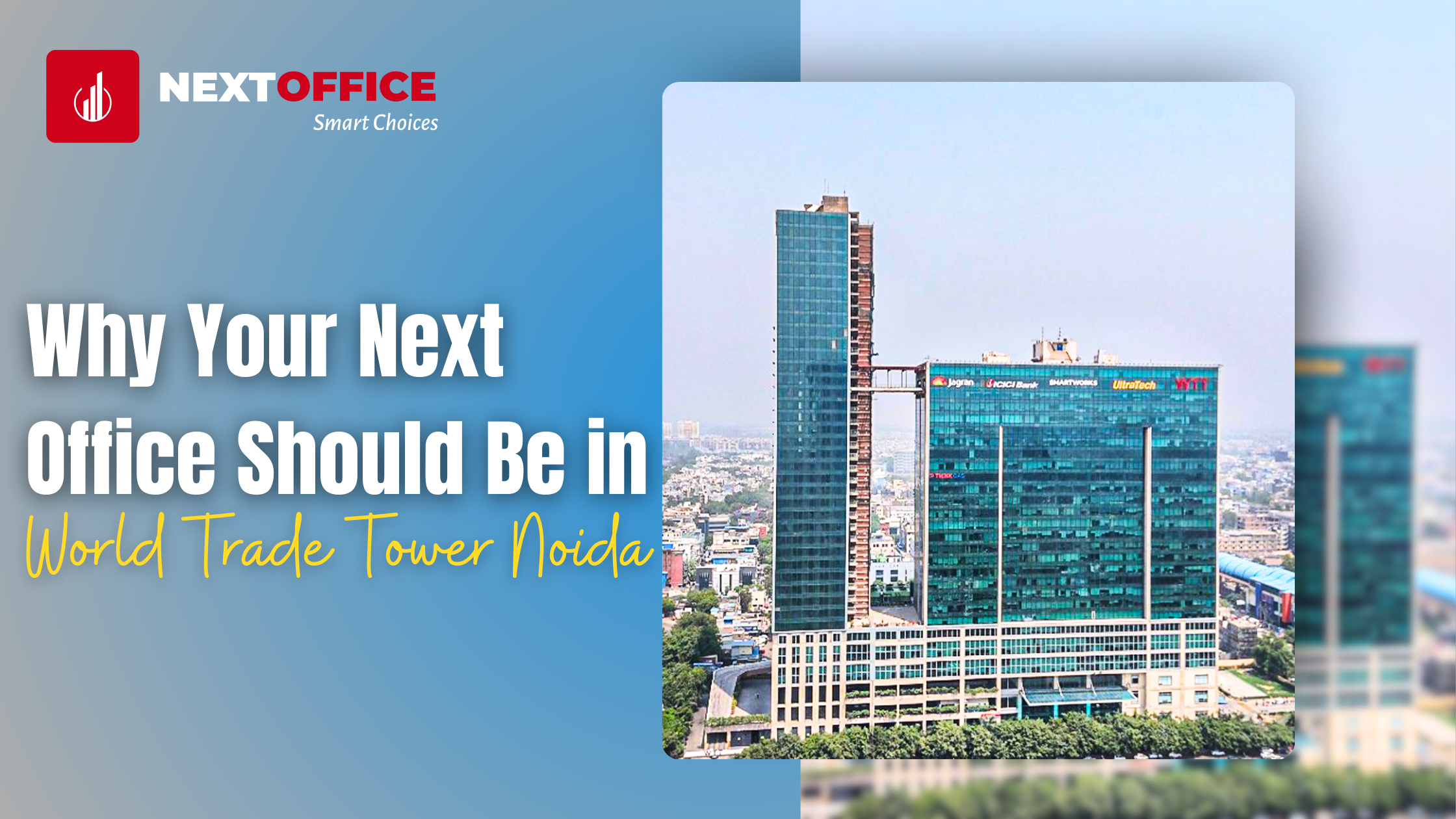How Corporate Office Design Promotes Company’s Unique Culture And Values
The design of corporate offices today is regarded as a crucial element in the competitive business world, expressing and communicating a company's individuality and values. An commercial office space is more than just a usual workspace; its design intent is to reflect the organisation's behaviour and impact on the people inside, enhancing their generality. The blog below discusses the potential of office design, including today's modern interior concepts and strategic layout choices that will promulgate a positive work environment correlated with corporate values.
Office design has an impact on its people's experiences above and beyond aesthetics. That strategic lever is instrumental in the effect on satisfaction, creativity, and collaboration in a workspace. Integrating corporate values into the physical environment, with design for layout, decorations, and amenities, helps a company to be more coherent in its culture. Such an excellent workspace design may lead to an atmosphere of innovation and make employees feel attached to corporate mission and values. This will be instrumental in attracting the best talents and improving productivity and business success by creating a workspace that will edify proud support for the company's unique identity and goal accomplishment.
The Impact of Office Design on Company Culture:
Office design influences how employees interact with their environment and with each other. The principles behind modern office interior design were based on the need to create flexible and adaptive spaces that would support various work styles and, at the same time, foster a team. For example, open-plan layouts would be transparent in the encouragement of communication, while quiet areas would support functional work. Such design will be important in building a cooperative and highly productive culture.
Integrating Corporate Values into Design
Integrating corporate values into design means embedding them within physical space to reflect the ethos and mission of the business. It ensures that the space one works in demonstrates the company’s values, provides an inspirational place, and gives the people a sense of belonging and purpose. Having elements of branding, elements of colour schemes, aspects of layout configurations, and symbolic decor, companies can create a very coherent and inspirational atmosphere. This integration enhances employee engagement and satisfaction while simultaneously providing a strong message of identity and value for the company in developing a more united and efficient workforce.
The Role of Modern Office Interior Design:
Interior designs for modern offices are vital to improving productivity, employee satisfaction, and dynamics at the workplace. The designs are for aesthetics and supporting functionality and ergonomics to create collaborative and innovative spaces. Over time, modern designs have incorporated flexible workstations, open layouts, and increasing natural lighting with ergonomic furniture that best uses the space available to provide a healthy working place. It helps attract talent, employee wellness, creativity, and total administrative efficiency. Therefore, effective modern office design speaks volumes of an institution's values and enhances brand identity by facilitating a positive workplace culture for growth and success.
Enhancing Employee Experience Through Design
Well-designed offices supported by facilities ideally designed for ease and comfort work are in the employee’s best interest. From the most modern meeting rooms fully equipped with high-end technology to recreational areas and wellness programs for employee satisfaction and retention, all work toward these ends. Though administrative employee-centric design strategies are usually accompanied by more engagement and a lower rate of attrition, several other firms are taking this to market to showcase an environment that supports performance significantly.
Challenges and Considerations in Office Design
The number of challenges that office design poses equals the benefits it offers. Some of these factors include functional aesthetics, diversified work preferences, and encompassing technological developments. Besides, inclusive spaces should be considered for planning and implementation for employees with disabilities or those with different working styles.
Measuring Success and Adaptation
Employee surveys and productivity outcomes can be used to measure how the workspace design influences culture. Hence, the design is constantly assessed, and periodic adaptations are made to make it dynamically grow and change like the organisation, thus keeping up with employees' dynamic requirements and current industry trends in workplace physical elements.
Future Trends in Office Design:
Flexibility and agility are going to be the main focal points for the design of future offices. Hybrid models of work will set the trend in the future design of corporate office space, driven by technological evolutions and trends in remote work. Implementing AI and IoT will also set the trend for future workplaces to ensure better effectiveness and sustainability. In the continued quest of businesses to embrace digital transformational efforts, the design of the office is going to be formative in supporting adaptive workspaces to meet divergent workers' needs.
Conclusion:
The design of corporate offices is a vital conduit linking and propagating corporate culture and values. It is only through contemporary interior design concepts, embedding corporate values in actual spaces, and concern for the welfare of employees that organisations can have a fascinating workplace and accelerate success. Office design is bound to explode further in changing business times and thereby create the future of work and enhance the effectiveness of enterprises.



.png)

.png)

.png)